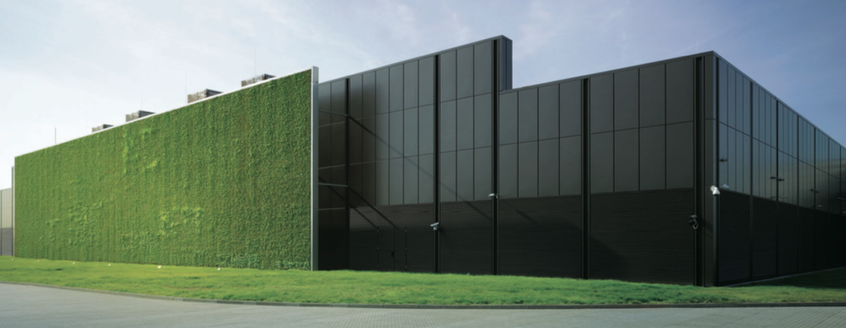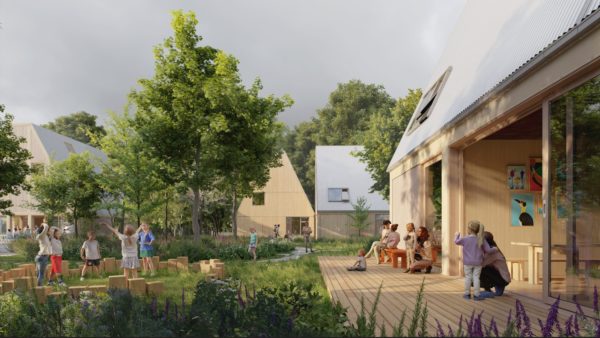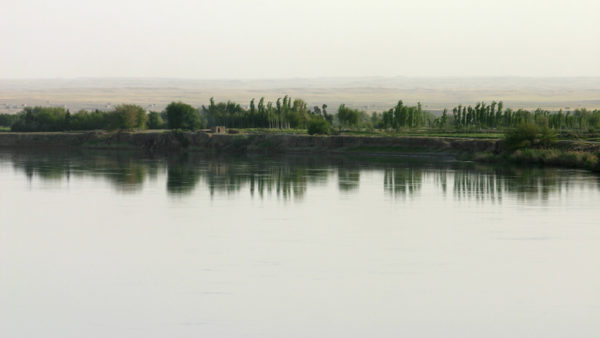UK consulting engineer Arup has published a report quantifying the benefits of green building envelopes such as moss, vegetated walls and roof gardens.
The Cities Alive: Green Building Envelope study shows that air and noise pollution, energy consumption and temperature can be reduced by using green building techniques. In the case of localised air pollution, the reduction can be as much as 20%.
Advanced computer software was used to provide a visual representation of the flow of gasses in and around a building and measure how they were affected by the living facade.
The report found that some plant species, such as pine and birch, were particularly effective during winter when pollution concentrations tend to be highest.

The study also showed how green envelopes could reduce peak energy consumption by up to 8% and noise pollution by up to 10 decibels. To the human ear, this could make traffic noise half as loud.
Increasing the quantity of vegetation in the wider city can ameliorate the heat island effect, reducing average temperatures by up to 10°C.
Tom Armour, Arup’s global landscape architecture leader, said: "Tackling rising air pollution is a priority to help improve people’s health. As our cities continue to become built up, ‘grey’ structures, such as walls and roofs, are a source of untapped potential for adapting into green spaces.
"When well-designed, green envelopes can have a positive impact on tackling air pollution, but can also deliver a wide range of social, economic and environmental benefits to make cities more attractive and healthier places to be."

The study reviews green infrastructure schemes across London, Los Angeles, Berlin, Melbourne and Hong Kong.
Download the report here.
Images via Arup










